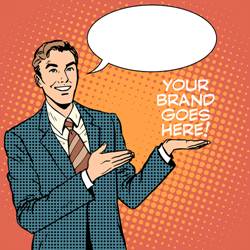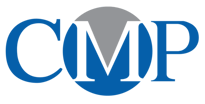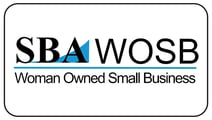 All of the forecasts regarding talent acquisition point to increased competition in securing top talent.
All of the forecasts regarding talent acquisition point to increased competition in securing top talent.
The “war on talent” will challenge HR leaders to develop compelling job opportunities, competitive compensation packages, and innovative development programs.
In order to make all of these work organizations will need to nurture, develop and grow their employer brand so that all of the talent attraction efforts can pay dividends.
LinkedIn recently published their Global Recruiting Trends 2016 report and spoke to the importance of a strong employer brand:
- 59% of the organizations surveyed indicated that they “investing more in their employer brand versus the previous year”
- 62% of those surveyed said that “employer brand is a top priority of our organization”
- 55% said that they have a “proactive employer brand strategy”
The importance of developing a impactful employer brand strategy is bring HR and Marketing leaders together to work on integrated solutions to make the potential candidate experience meaningful during every contact point they have with the organization.
Almost half (47%) of the HR leaders surveyed in the LinkedIn survey said they “share or contribute to employer branding with marketing”. This is an very interesting statistic since it shows how much importance organizations place in getting the employer brand messaging right. HR can provide valuable insights into the needs and desires of the candidate pool and help their marketing team members get their messaging on target.
The following quote from Adam Sunman, the Employer Brand and Social Media Lead at Vodafone, points to the importance of the collaborative efforts of HR and Marketing.
Being Britain's most valuable brand, we have a really heavy emphasis on how we are positioned. So when we overhauled our employer brand, we had to work very closely with human resources, brand marketing and communications teams to ensure that we were all aligned. For nearly a year, we met regularly to create an employer brand framework and a launch plan to the markets. When you're rolling out a talent brand across more than 25 countries, you need every bit of help you can get. Marketing's vested interest in our employer brand refresh was invaluable to our success. We also found it vital to work with the communications teams, who ensured that the messaging was on point.
We all now know that high potential candidates will do their homework. They will review the company website, LinkedIn, Glass Door, Facebook and Twitter accounts to see what the company is all about.
- What type of culture does it have?
- Who are the people who work there? Are they like me? Do I think that I will like them?
- Is there enough information available for me to make a sound decision?
- What are the company reviews? What are past and current employees saying about them?
- Is all of the company website information mobile friendly?
The collective expert opinion from marketing experts says that the multi-platform information needs to be varied and tailored to the channel that it is being displayed.
This means that an effective LinkedIn page will differ quite a bit from a Facebook page. LinkedIn will focus more on the corporate message and work on delivering a strong recruiting message. Facebook can be an ideal forum to deliver a more social/community based message that bring a more human element to the organization.
Working together, the message from these two platforms can deliver a powerful story that can attract the top talent so needed to be competitive in today’s market.
Developing a powerful employer brand will greatly help an organization’s talent acquisition efforts. Working together, HR and Marketing leadership can develop powerful stories that will help make them attractive to the top talent that they are seeking to engage.
![]()



